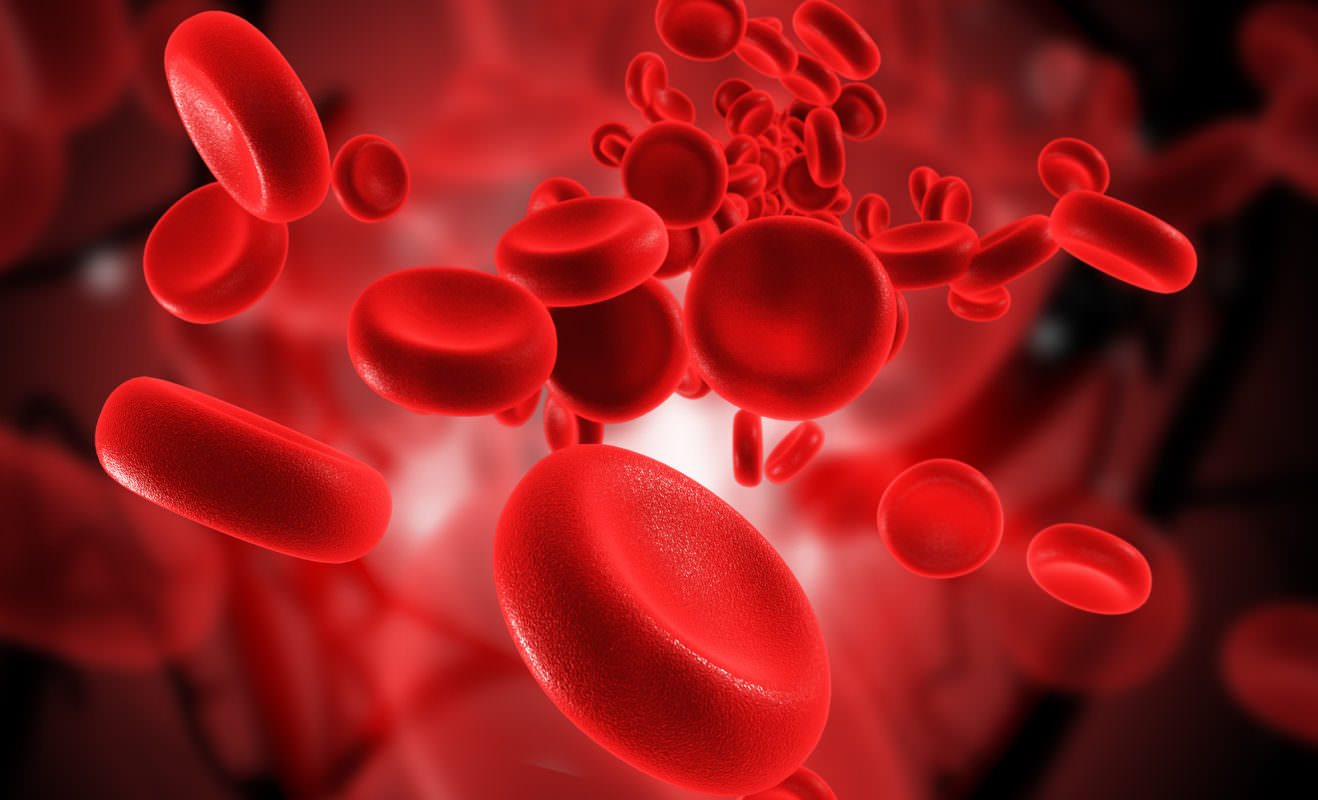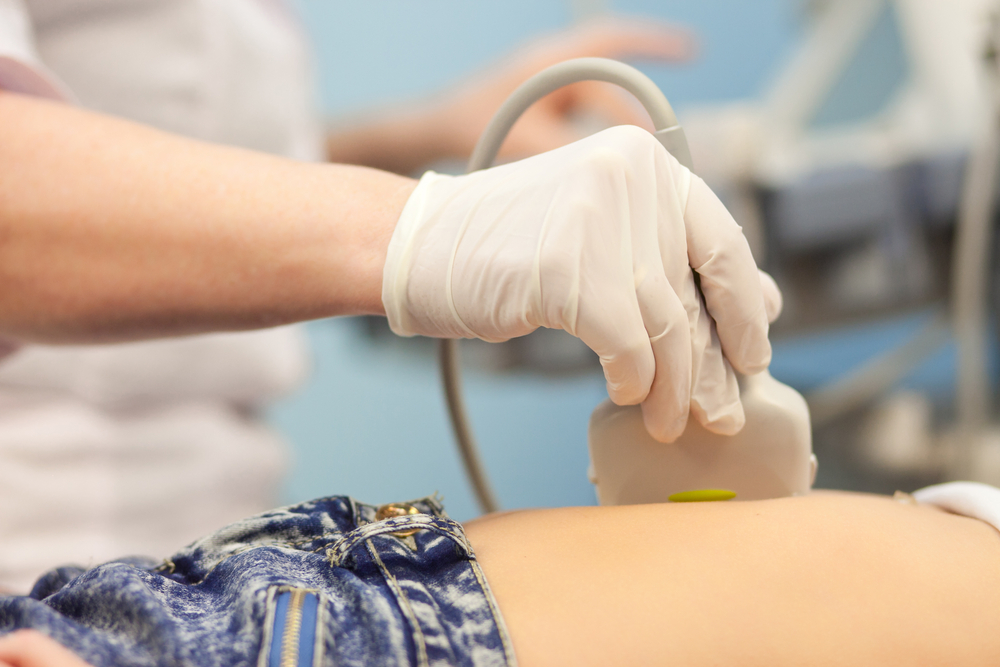Contents:
- Medical Video: The Components of Blood and Their Importance
- 1. What is the normal platelet count in the body?
- 2. Platelets play a role in the blood clotting process (coagulation)
- 3. What happens if your platelet count is low
- 4. What happens if your platelet count is high
Medical Video: The Components of Blood and Their Importance
Platelets are blood cells that are important in normal blood clotting. Platelet counts can be used as early detection or diagnosing various diseases or conditions that can cause blood clotting problems. Therefore, it is important for you to have a normal platelet count to ward off a disease that might approach you.
Check out the following facts about blood platelets.
1. What is the normal platelet count in the body?
Blood is made up of two elements, namely the blood plasma (liquid blood) and blood cells. These blood cells are divided into red blood cells (erythrocytes), white blood cells (leukocytes), and platelets or platelets.
Platelets can be found in the blood and spleen. These blood cells are colorless and have a life cycle of only 10 days. Your body will renew its supply by producing new platelets in the bone marrow.
Examination of platelet counts is usually part of a complete blood test. Generally, the normal platelet count in the blood is around 150,000 to 450,000 platelets per microliter.
2. Platelets play a role in the blood clotting process (coagulation)
Platelets or platelets will react if blood vessels are damaged or injured. When a wound occurs, the platelet then rushes to the site of the wound and forms the initial blockage to shrink the wound. This process is called adhesion.
Then, the platelet form which is initially slightly rounded turns into a tentacle, this serves to facilitate the aggregation process (attachment between platelets to form blockages). A blockage is formed to cover the wound to stop the blood from coming out.
Without platelets, blood clots will be disrupted and can be dangerous because even small wounds can cause clots throughout the body.
3. What happens if your platelet count is low
Medical conditions related to low platelet count called with thrombocytopenia, which is a condition in which platelets in the body are less than 150,000 platelets per microliter. In rare cases, the platelet count can be so low that it causes fatal internal bleeding. This complication especially occurs if the platelet count drops below 10,000 platelets per microliter. Bleeding can occur in the brain and digestive tract.
Very low platelet counts can be asymptomatic, but can also cause heavy bleeding and can be dangerous for you. Signs and symptoms that appear can be easily bruised or bruised, appear rash or reddish purple spots on the skin, the presence of blood in the urine or feces, fatigue, skin and eyes appear yellow, enlarged spleen, and bleeding from the gums or nose .
Thrombocytopenia can be caused by several conditions such as health problems and the effects of certain drugs. Health problems that cause this condition include, leukemia, kidney disease, pregnancy, immune system disorders, iron deficiency and folic acid, and infections such as sepsis and dengue hemorrhagic fever.
Platelet counts can increase by eating foods that contain various types of vitamins and minerals. One of which is guava. Guava contains trombinol which is able to stimulate trombopoietin more actively, so that the body can produce more pieces of blood.
4. What happens if your platelet count is high
High blood platelet counts will cause health conditions such as thrombocytemia and thrombocytosis. Both of these conditions occur if your bone marrow produces a lot of blood platelets.
People with thrombocytemia will have platelet counts that exceed one million platelets per microliter. The cause of this condition is unknown. Symptoms can include blood clots that block the blood supply to the brain or heart.
Thrombocytosis is also a condition where the platelet count is high, but the amount is not as high as thrombocytemia. The cause is another disease or condition in the body that stimulates the bone marrow to produce more platelets. The causes include infection, swelling, some types of cancer, and reactions to drugs.
In addition, some conditions that can also cause platelet increase temporarily are recovery after major surgery or after physical trauma, fatigue, as well as recovery from excessive alcohol consumption.
Thrombocytosis is often not accompanied by symptoms. However, if it occurs, symptoms can include headache, dizziness, chest pain, fainting, dizziness, numbness or tingling in the hands and feet. Treatment depends on the underlying cause. In most cases, your platelet count will return to normal after the cause of thrombocytosis is resolved.












